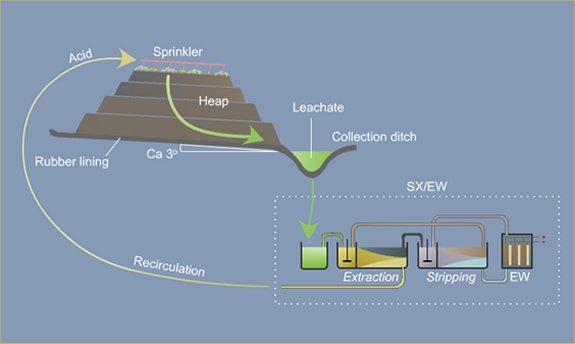How long does it come to activated carbon adsorption, how long does it take to reach saturation, and what is the specific time range?
Activated carbon adsorption cannot be determined by time; it can only be judged based on assay results. There is no specific time standard for this process.
Factors affecting activated carbon adsorption time and saturation
The adsorption time of activated carbon and the time required to reach saturation are affected by many factors and there is no fixed answer. This depends on the following key factors:
Characteristics of activated carbon:
Pore structure: The distribution ratio of micropores, mesopores and macropores directly affects the adsorption capacity and rate.
Surface area: The larger the surface area, the larger the adsorption capacity is usually, but the saturation is also faster.
Ore characteristics:
Gold form: Gold in different forms such as autogenous gold, inclusion gold, and telluride gold has different adsorption rates and capacities.
Mineral composition: Other mineral components may affect the release and adsorption of gold.
Particle size: The finer the particle size, the more fully the gold is released, but too fine a particle size may cause mud and affect the adsorption effect.
Process conditions:
Cyanide concentration: The higher the cyanide concentration, the faster the gold dissolution rate, but too high a concentration may lead to increased cyanide consumption.
pH: pH affects the solubility of gold and the stability of cyanide.
Temperature: Increased temperature is generally conducive to the dissolution and adsorption of gold, but too high a temperature may cause cyanide decomposition.
Stirring intensity: Stirring intensity affects the solid-liquid contact, and thus affects the adsorption rate.
Carbon slurry concentration: Too high or too low a carbon slurry concentration will affect the adsorption effect.
General time range
Powdered activated carbon (PAC): Minutes to hours, usually used for rapid adsorption.
Granular activated carbon (GAC): Hours to days, commonly used in CIP process.
The specific time range depends on the combined effect of the above factors.
Analysis of influencing factors
Ore type: Ores that are easy to cyanide have a shorter adsorption time; difficult-to-treat ores, such as ores with high sulfur content, have a longer adsorption time.
Activated carbon dosage: The greater the amount of activated carbon used, the shorter the adsorption time, but the higher the cost.
System design: The design of the CIP system, such as the number of tanks and residence time, will affect the adsorption time.
Saturation monitoring
In order to determine whether the activated carbon has reached saturation, regular monitoring is required. Commonly used methods include:
Determination of gold concentration in solution: When the concentration of gold in the solution no longer decreases, it indicates that the activated carbon has reached saturation.
Carbon sample analysis: Regularly sample and analyze the gold content in the carbon sample to determine the adsorption situation.
Penetration curve: By drawing the penetration curve, the adsorption process and saturation point can be intuitively observed.
Conclusion
Activated carbon adsorption time is a relatively complex issue and there is no fixed answer. In order to determine the best adsorption time and conditions, it is necessary to combine specific ore characteristics and process conditions to conduct experimental research and tests.
- Random article
- Popular articles
- Popular comments
- Iron Ore Weak Magnetic Beneficiation Process
- Iron Ore Roasting and Magnetic Separation Process
- Branch serial flow flotation process for lead-zinc ore
- Sulfide Ore Nickel Ore Mixed Flotation Process
- Lithium ore positive flotation process
- Lithium Ore Processing: Gravity Separation and Flotation
- Uranium Ore Radioactive Treatment Process
















Leave a message with your needs or comments
Add comment: